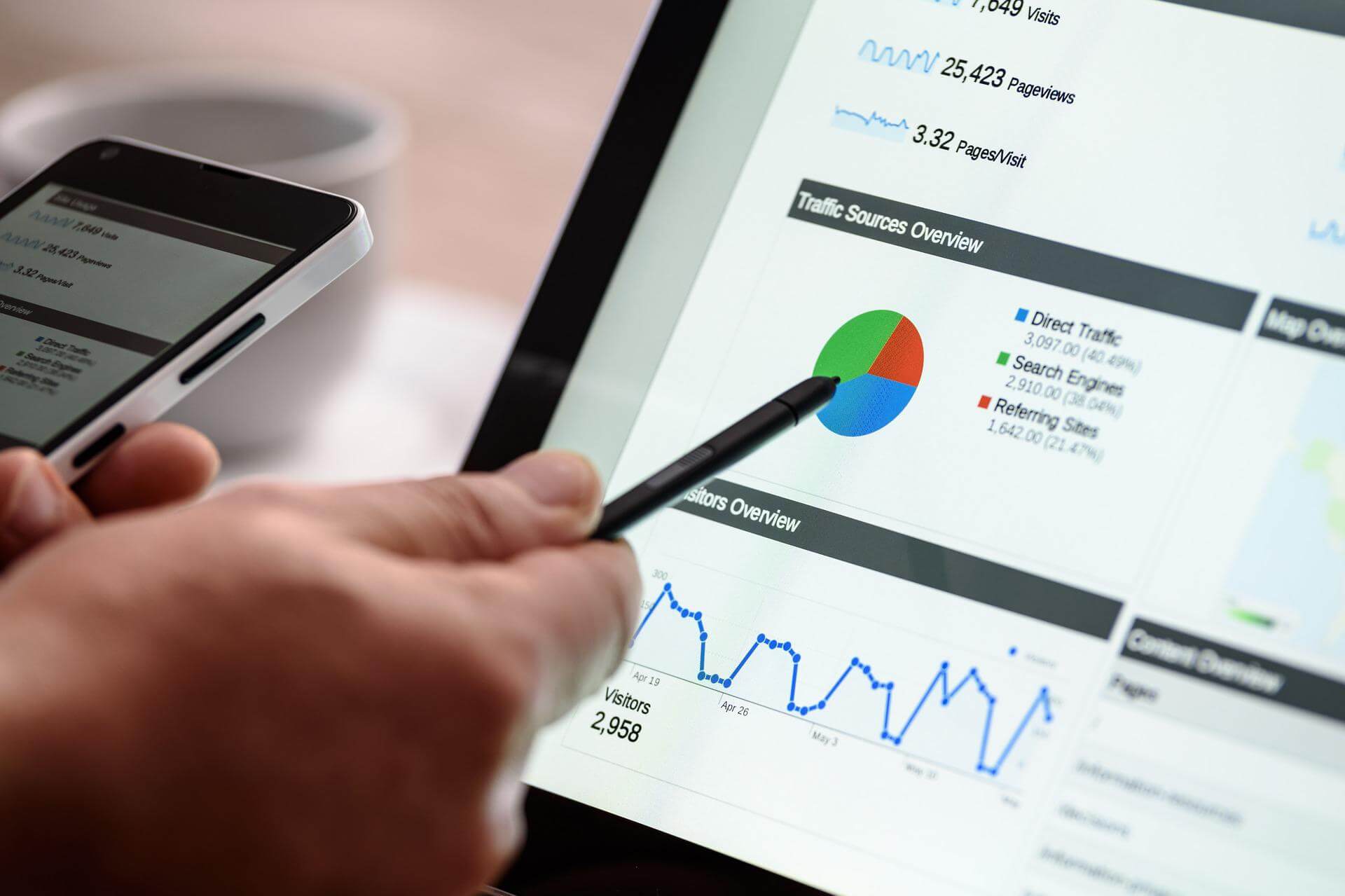The Technical Writer as an Analyst is a subject matter expert when involved with analyzing any data collected. The writer/analyst is able to communicate and translate technical information from examining a series of data; whether it be about processes, issues, trends, etc.
However, before any analysis or evaluation of the data can be done, the writer has to fully understand and be knowledgeable about the data and its background. They writer needs to be familiar with the data source (where the data came from), who gathered it, how it was tracked, formed/grouped/structured, and why it was done.
If we know why and how data was gathered, then we have at least a basis and a reason behind the data being documented. If we know who gathered the data, then we know who we can interview to find out what methods were used and why those methods were chosen. If we know where the data came from, then we can associate the data with a category. If we know how it was tracked then we know how complete the data is (no data is lost). Once all of that information is gathered and verified for its accuracy, the document can be started
The introduction will contain all of the above information. Once the background of the data has written, then the following questions should be noted and answered:
- First, look at the big picture – all the data; what do you think it is saying?
- How will the relevancy of the data be displayed and how can it be described?
- How will the data be interpreted?
- Does the data fit into the original purpose for gathering the information or is it going against it?
- Was the data gathered to see an analysis (i.e., financial), a trend (i.e., consumer), an improvement (i.e., products), or to prove a point for market comparison?
- Are there pros and cons about the data set?
- What is the result of the data collected?
- Has a point been proven?
- Has there been a return on investment; does this data set justify the work?
To further describe your results, a visual of the information can be presented along with your text. Tables and visuals are great to use for explaining data sets; visuals being any charts and/or diagrams. Knowing why the data was gathered helps to identify what charts or diagrams to create.
Be creative and organize the data; group them into meaningful categories so that they can be explained and understood.
- Design a variety of charts and diagrams and select the most useful method for describing the data.
- Think of how the intended audience would like to view the data.
- Make sure that your result comes across from within the tables and visuals.
- Rely on experience and judgment for how to present the data.
Other suggestions:
- Create user stories or describe cases to depict the data results.
- Show demonstrations or a video to corroborate the data collected.
Remember:
- Know whom you are presenting this document to. Develop the documentation and present the information in a form that is appropriate for the target audience (executives, managers, or sales, etc.).
If you have had to produce analytical documents, please leave a comment.
 Sections of this topic
Sections of this topic
















